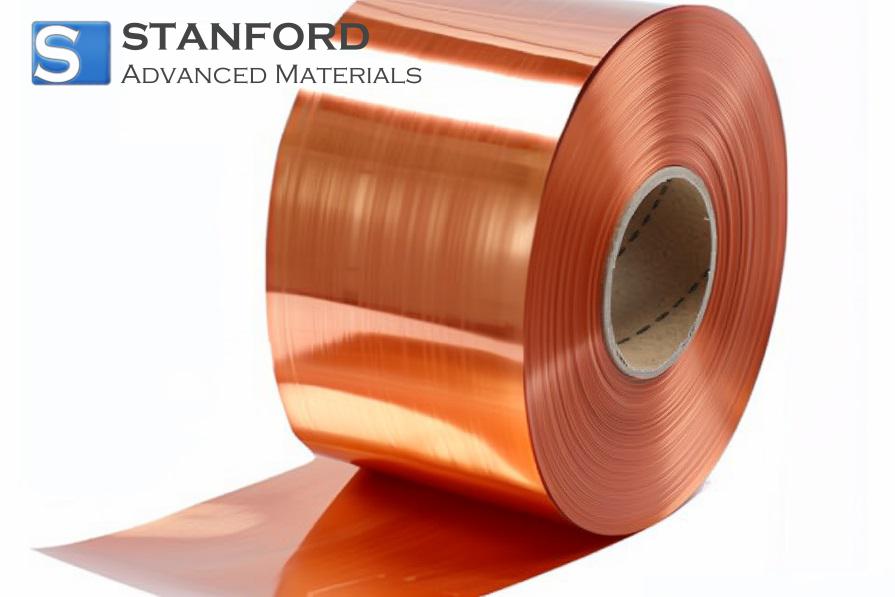Liquid Batteries: A Solution To Energy Problems
Energy is required for daily use; however, it is not currently stored. Consumed energy is produced a few minutes before use, which is problematic when no energy is generated. Liquid battery technology is being improved and is intended to address this issue.
Liquid metal batteries operate according to the same principle as conventional dry batteries. A dry battery has two electrodes on each side of a separator. The use of solids limits the amount of energy that can be stored, thereby restricting their capacity.
As the name suggests, liquid metal batteries employ liquid metals in an identical configuration. Because all components are in liquid form, the metals must have different densities to remain separated and not mix. The metal with the higher density settles at the bottom, the molten electrolyte salt occupies the centre, and the metal with lower density remains at the top.
This battery can potentially store considerably more energy because liquids provide higher conductivity. It functions as a storage unit that rapidly absorbs large amounts of current (up to ten times more energy than has been recorded in a battery) to store a portion for later use and as a distributor to deliver energy through a network directly to various locations.
Renewable energy sources may become competitive with this technology, given that excess energy generated during periods of high wind and solar availability can be stored for periods of lower supply, such as during the night for solar energy. Consequently, these sources would be a viable option for routine use since they would not require supplementation from conventional energy sources.
The system may also be used to store energy from the main network. Energy can be collected in the morning, when consumption is lower, and then used in the afternoon, when network demand is highest. This practice, which utilises an existing transmission line to deliver additional current without constructing new lines, is referred to in technical terms as transmission line loading.
A prototype is already available and mass production may begin soon. This technology offers a cost-efficient solution for energy fluctuations, given that existing power sources are utilised to supply electricity when needed without resorting to an alternative power source.

 Bars
Bars
 Beads & Spheres
Beads & Spheres
 Bolts & Nuts
Bolts & Nuts
 Crucibles
Crucibles
 Discs
Discs
 Fibers & Fabrics
Fibers & Fabrics
 Films
Films
 Flake
Flake
 Foams
Foams
 Foil
Foil
 Granules
Granules
 Honeycombs
Honeycombs
 Ink
Ink
 Laminate
Laminate
 Lumps
Lumps
 Meshes
Meshes
 Metallised Film
Metallised Film
 Plate
Plate
 Powders
Powders
 Rod
Rod
 Sheets
Sheets
 Single Crystals
Single Crystals
 Sputtering Target
Sputtering Target
 Tubes
Tubes
 Washer
Washer
 Wires
Wires
 Converters & Calculators
Converters & Calculators
 Write for Us
Write for Us

 Chin Trento
Chin Trento



